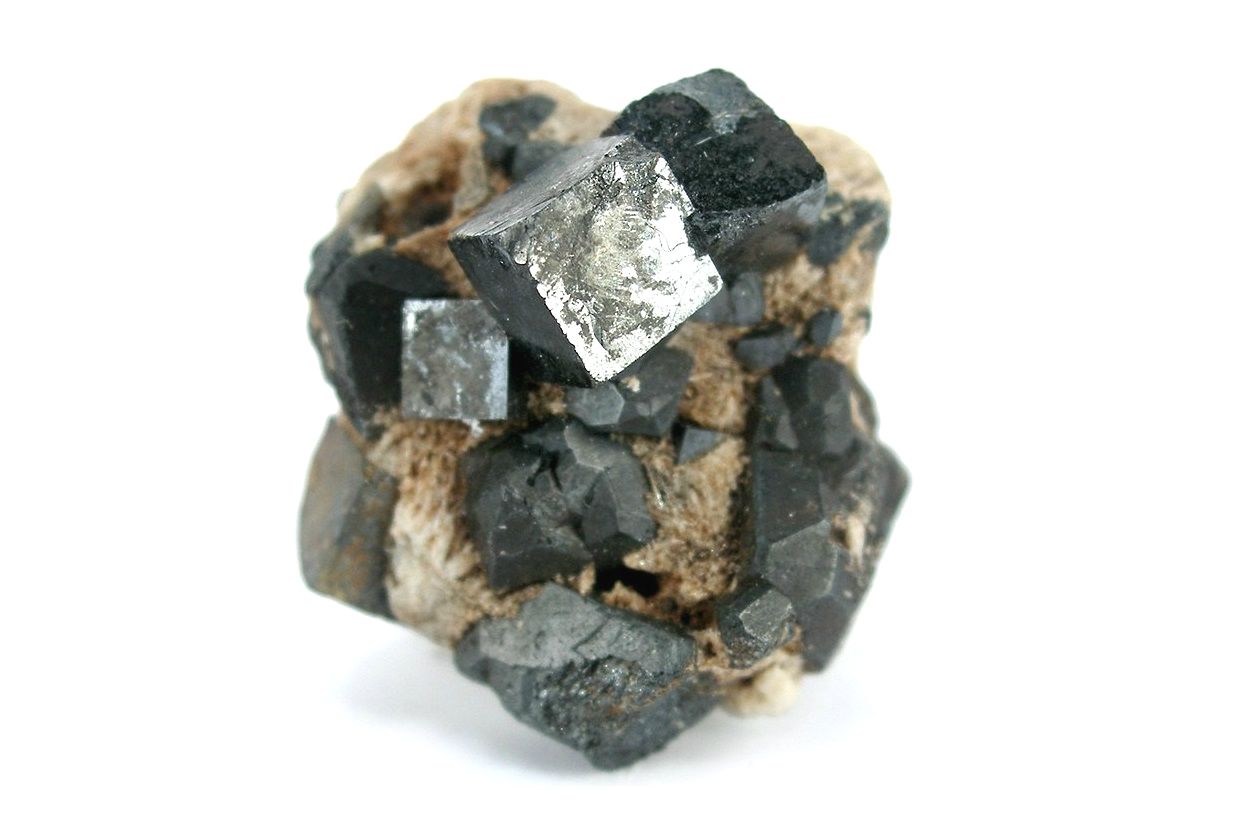
A "miracle material" found deep within the Earth's mantle could hold the key to ultra-high-speed communications and computing, researchers say.
Scientists from the University of Utah discovered that a type of perovskite—a mineral first discovered in the Ural Mountains of Russia in 1839—could be the "vital component" for next-generation communications systems.
The research, which appeared in a paper published in the journal Nature Communications on November 6, describes how perovskite could be layered onto a silicon wafer in order to create a system that uses the terahertz spectrum. This bandwidth uses light instead of electricity to transfer data and could boost computing and internet speeds by up to 1,000 times.
The terahertz range sits between infrared light and radio waves and makes use of frequencies between 100 gigahertz and 10,000 gigahertz. This compares to the 2.4 gigahertz that the typical cell phone usually operates at.
The system makes use of a simple halogen lamp to modulate the terahertz waves, rather than an expensive, high-powered laser that is usually required to transmit data in this range. The type of light used allows for a new type of structure to be used in transmitting data through a WiFi alternative known as LiFi.

"Think of it as the difference between something that is binary versus something that has 10 steps," said Ajay Nahata, an electrical and computer engineering professor at the University of Utah.
"Silicon responds only to the power in the optical beam but not to the color. It gives you more capabilities to actually do something, say for information processing or whatever the case may be."
Scientists have previously hailed perovskite for its amazing potential to convert sunlight into electricity. In the space of just five years, the sunlight-to-energy efficiency of the mineral have risen from 3.8 percent to over 20 percent.
"It's unbelievable, a miracle material," Z.Valy Vardeny from the University of Utah said following the publication of a separate paper on perovskite solar cells. "In just a few years, solar cells based on this material are at 22 percent efficiency."
The researchers warn it may be another 10 years before the terahertz technology reaches a point that it can be commercialized.
"The basic capability is an important step towards getting a full-fledged communications system," Nahata said.
"If you want to go from what you're doing today using a modem and standard wireless communications, and then go to a thousand-times faster, you're going to have to change the technology dramatically."
Uncommon Knowledge
Newsweek is committed to challenging conventional wisdom and finding connections in the search for common ground.
Newsweek is committed to challenging conventional wisdom and finding connections in the search for common ground.
About the writer
Anthony Cuthbertson is a staff writer at Newsweek, based in London.
Anthony's awards include Digital Writer of the Year (Online ... Read more
To read how Newsweek uses AI as a newsroom tool, Click here.








